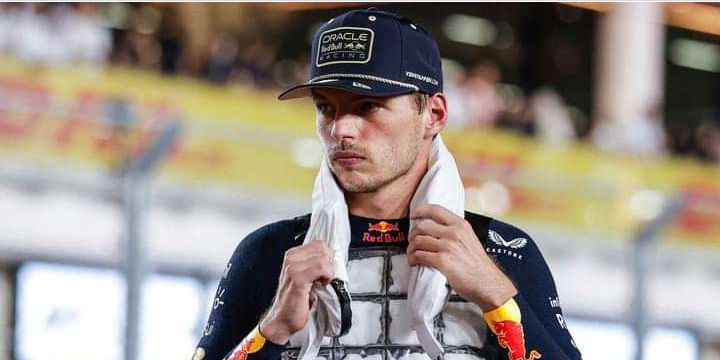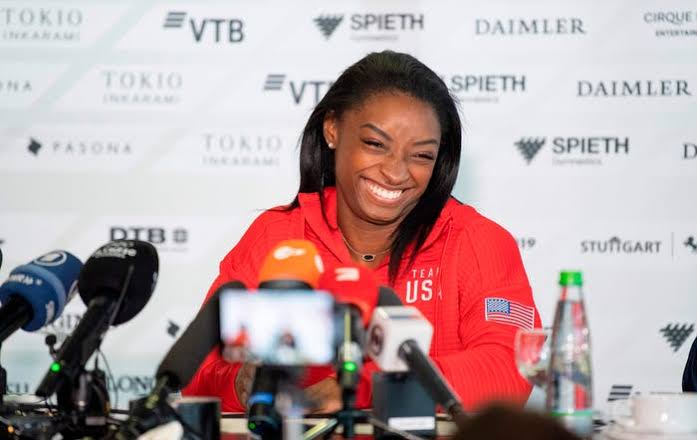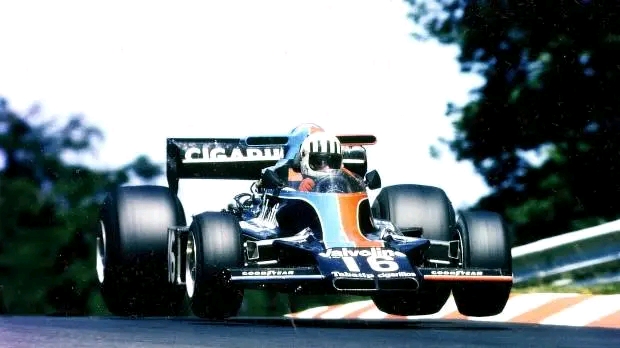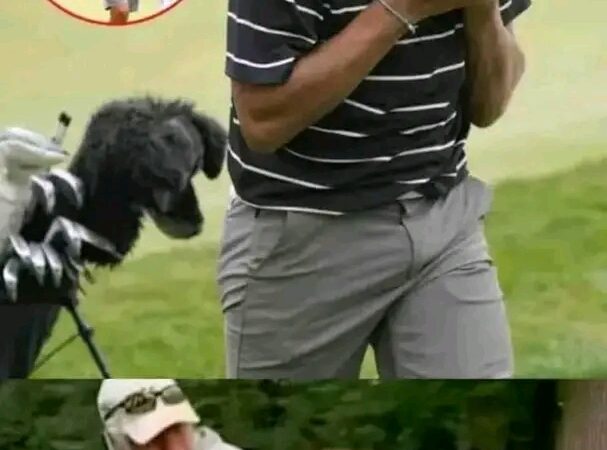McLaren F1 chief agrees with Max Verstappen as Red Bull hurt by FIA intervention

Due to Red Bull’s difficulties with the FIA’s mandate on tyre stints during the race, Max Verstappen won the Qatar Grand Prix with a narrow lead over the two McLaren cars behind him.
Max Verstappen claimed that the FIA’s rule on tyre stints during the race helped to close the gap between him and the McLaren cars at the Qatar Grand Prix.
Andrea Stella concurs.
The Losail track’s kerbs were causing the tyres unexpected amounts of damage, raising safety concerns.
As a result, the governing body decided that no set could be used for more than 18 laps in total.
That effectively mandated that every car pit at least three times during the race.
The majority of the time, however, drivers were able to drive at full throttle without having to worry about prolonging the life of their tires, which was another significant effect.
Red Bull, whose tyre management has been a strength this season, was thus adversely affected by that.
Since our car is good on tyres and the fastest route around here requires longer stints, the mandatory three stops were not ideal for us, Verstappen said after the race.
Everyone had to make those stops at the end, and that was the same for everyone. We had to deal with that, which probably made driving a little more challenging.
You could see that after the race, many people are quite exhausted because we had to push ourselves quite hard out there.
“.
Verstappen believes that because tyre degradation was much less of a factor, the distance between him and the McLarens pursuing him appeared to be much smaller.
As he took the checkered flag, he was less than five seconds in front of Oscar Piastri.
And McLaren concur with that evaluation. Team leader Stella acknowledged that the shorter tyre stints had enhanced the cars’ performance.
The Italian said, “I think, first of all, the leader’s strategy is a little sub-optimal from a race time point of view, because it is the safest strategy when you add in the margin.
It shields you from a safety car that arrives late, so there is some flattery in the fact that they were using a time-wasting strategy.
The duration of the stint was first and foremost set at its maximum duration, making this a decently flat-out race.
After that, the medium and hard tyres started acting rationally and were letting the drivers push.
I thought that this race would have been a contest of tire control at some point on Friday after we observed how the tyres were acting.
“Instead, it was a race of pushing, which is encouraging, at least for us.
We’ll know in the upcoming races whether this is a result of the improved car, which enables us to use less force on the tyres and thus have better degradation, or if it’s just a result of the circumstances surrounding this particular event.






